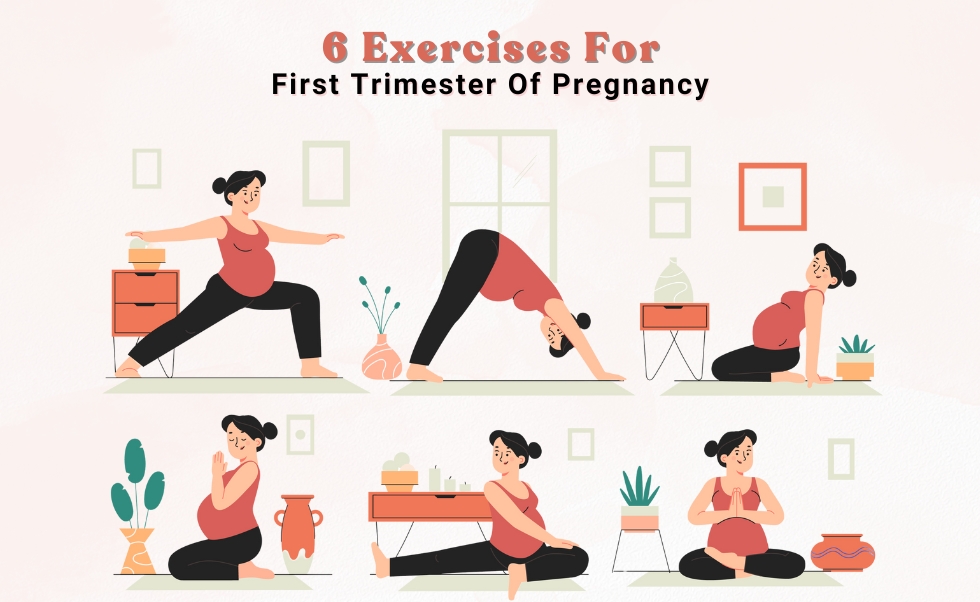For adults, the position of a body while at rest determines the strength and weakness of certain muscles. The same goes for babies; it even has more effects on them since they are still developing core muscles, strength, and bones and are still figuring out how to use different organs. Tummy time for babies is one of the best-proven ways to help your child adjust to positions and strengthen muscles and movements.
Most babies spend their time on their backs since they can neither sit, walk, or even play, but imagine the joy of discovery when they turn their position to lie on their bellies under supervision once a day. It is a thrilling experience for your little one.
Tummy time, a term popular among 21st-century moms, was only widely known and practiced in 1994. This practice has since been recognized for its developmental benefits and is now a common recommendation for parents.
What tummy time can do for your baby?
Develop motor skills
Moving your body muscles to perform a task is what we call motor skills. When you, as a parent, lie your baby on its tummy, it will try to lift its head or make movements to look around. The movement of the head, neck, and shoulder will facilitate muscle growth and strength. In addition to motor skills of the head, tummy times increase your child’s core strength. You are the key to unlocking these skills in your baby.
Develop sensory skill
Another significant benefit of tummy time is the development of sensory skills. Newborn babies typically spend most of their time on their backs, and their view of the world is limited. However, when you place them on their tummies, they are exposed to new movements and perspectives. It can stimulate their senses, such as vision and touch, as they move their hands, legs, and eyes in new ways.
Prevent chances of skull deformity.

Babies are born with more bones than adults because most of their bones are not well-developed or fused. A baby’s skull is fully developed after 18 months, meaning that even a little physical stress can affect the shape of the skull.
Since the most time babies spend on the bacs, there are high chances of developing flat head syndrome scientifically as positional plagiocephaly.
Putting your baby in a different position will prevent deformity. Therefore, even though encouragement is given to parents to lie their kids on the back to prevent sudden death infant syndrome, too much of it can cause deformity
A chance for parents to bond with their child
Tummy time should not be done when the baby is asleep; it can be dangerous. Parents or caregivers must be actively present to engage their child, play, and encourage movements.
Precautions to take during tummy time
Even though your baby might not be very active during the tummy time session, you will still have the chance to be in your baby’s presence, which is a step toward bonding.
Precaution for tummy time session
During tummy time, there are a few things that you need to take note of.
- The first and most prime thing is your presence. If you need anything, make sure it is with you, and do leave your baby unattended; there is a chance they might try to roll in a dangerous position.
- After feeding your child, avoid tummy time. Even as adults, we can barely sleep with our stomachs full; how much more is your baby? It will cause discomfort to your baby if you do that.
- Tummy time should be when your child is active and awake, and most importantly, it should be done briefly. When your child is at least two months old, 15 to 30 minutes is enough for tummy time. For newborn babies, you can spend tummy time for 3-5 minutes once or twice a day.
Taking on the role of a new parent takes work. It is common to read something and think you understand it, only to find out theory and practical are two worlds apart, and assistance is needed to apply the theory to real-world situations. Many parents have been there, too, and you are not alone; caring for a child requires one step at a time and showing yourself some grace when mistakes happen. Know that you are not alone.







